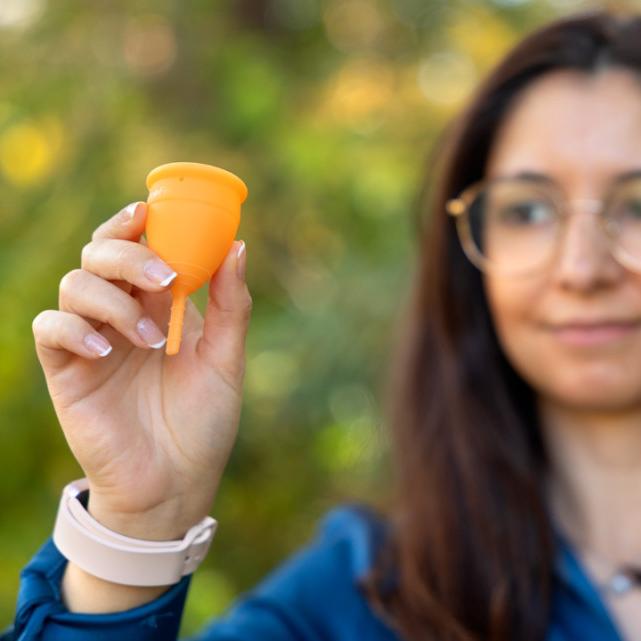
 Department Homepage
Department Homepage
Decade-long galaxy survey releases final catalog
The last data release and final official survey paper from the major Arecibo Legacy Fast ALFA (ALFALFA) survey, led by Cornell astronomers, has just been published in Astrophysical Journal Supplement.



